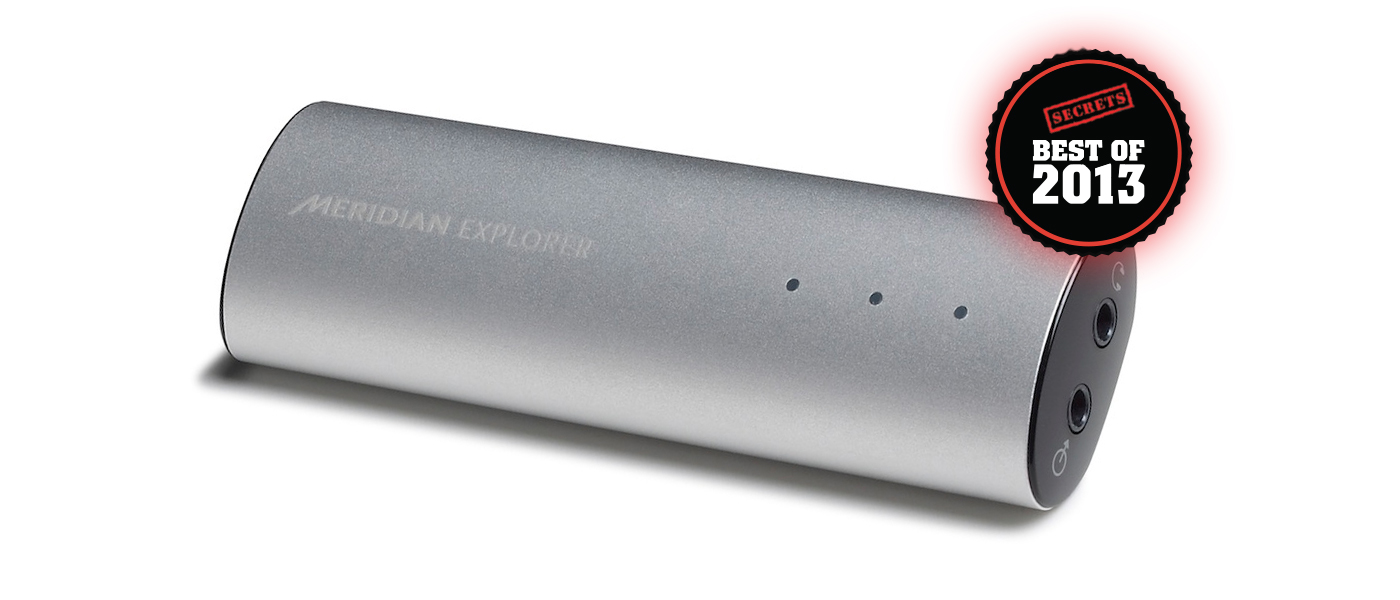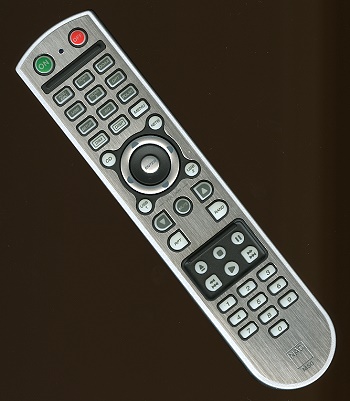Introduction
Most audio component manufacturers have a DAC in their product lineup, and NAD is no exception. However, the NAD M51 is unusual in that it takes the incoming digital PCM bitstream and converts it directly to a PWM bitstream, which is then fed directly to the output. The idea has been around for about a decade, but the technology for implementing it was not fast enough in those early days. Now, with modern technology and techniques, NAD has produced what they call a “Direct Digital DAC”, where the digital signal does not go through digital to analog conversion in the normal sense, but converted to PWM at 844 kHz sampling, with 35 bit word length. As you will see with the bench tests, the results are quite amazing, and the price is very affordable.
NAD M51 DAC SPECIFICATIONS
- Design: Direct Digital DAC (Converts PCM to PWM)
- Resamples at 108 MHz; Converts to PWM at 844 kHz, 35 Bit
- Digital Inputs: XLR, Coax, Toslink Optical, USB, 2 x HDMI
- Analog Outputs: One Pair XLR, One Pair RCA
- Other Connections: HDMI Video Out, RS232, Trigger, Upgrade Jack
- Dimensions: 4″ H x 17″ W x 16″ D
- Weight: 15 Pounds
- MSRP: $1,999.99 USA
- NAD
- SECRETS Tags: NAD, DAC, PCM, PWM
The Design
In a conventional DAC, a Pulse Code Modulated (PCM) bit stream, e.g., 16 bit, 44.1 kHz sampling, is decoded into an analog output signal. The bitstream consists of 1’s and 0’s, in groups of 16, representing a 16 bit word that is a code for a voltage level in the music signal with respect to 0dBFS. In a typical DAC, the output at 0 dBFS is usually about 5 volts. The bits, which are pits and “land” are all of equal duration as the laser scans them while the disc is spinning. For a 44.1 kHz signal, 22 kHz has only two samples, which would otherwise be translated to an analog square wave, which, if dissected, would consist of an infinite number of harmonics. To eliminate the harmonics, and pass just the 22 kHz analog signal, there is a filter at the output that is very steep, and which eliminates all signal above 22.05 kHz.
Sometime around the beginning of the 21st century, engineering articles began appearing that discussed ways of converting PCM to Pulse Width Modulation, or PWM. With this method, the signal remains in digital format all the way to the output. It never actually is converted to an analog signal, but rather, a Pulse Width Modulated signal that resembles the musical wave form.
The PCM-to-PWM conversion approach to digital music reproduction has matured rapidly, and products have begun to appear on the market that use this technique. The NAD M51 is one of those products. It’s called a Direct Digital DAC due to its digital signal from input to output.
A Pulse Width Modulated signal is produced by a series of pulses, all of which are at the full rail voltage, but they are of different duration. The M51 takes the incoming PCM signal, and using a clock running at 108 MHz, resamples the PCM at 844,000 samples per second, so each pulse (“period”) is 1/844,000th of a second in length, but the voltage is on for varying percentages of that period, depending on the voltage level of the signal, with respect to 0 dBFS. This is controlled by two switches, one for the + and one for the -.
At 22 kHz, instead of only the 2 samples that you would have with a conventional 16/44/1 bitstream, you now have 844,000/44,100 = 38 samples. These are fed to a high precision op-amp. As with a PCM signal that is converted to an analog signal, a PWM output uses a filter to remove any harmonics, and the filter consists of a capacitor and inductor.
Here is a spectrum of a 20 kHz sine wave and the PWM pulses that would represent it at the output: The pulses are indicated by the vertical blue bars, and for the positive portion of the waveform, the + switch is on for a longer period of time than the – switch, and vice versa. The spectrum is based on having a 1.33 ?sec delay between the pulse and the voltage at the output, which is a result of the values of the output filter (inductor and capacitor).
The values of the output inductor and capacitor are critical. For example, if the values changed the delay to 1.8 ?sec delay, the output waveform would appear as in the spectrum shown below. Note the large amount of ripple.
Besides having 38 samples at 22 kHz, the PWM is 35 bits, so the M51 can be used as a preamp with its digital volume control. With a conventional PCM signal, using a digital volume control truncates the LSB (Least Significant Bits), so music detail is reduced at low volume. With the 35 bit PWM signal in the M51, even with a 24 bit PCM incoming signal, the volume would have to be reduced by 66 dB before truncation of the original music signal would begin to occur.
The front of the M51 is very conservative in appearance, as seen in the photo on the previous page. It has an On/Off button, an LED status window, and an Input Selector button.
The remote control is very nice quality, fits nicely in my (large) hands, and the buttons are shaped differently for locating the one you want in the dark.
The rear panel is full of inputs and outputs. From left to right are one pair (each) of XLR (balanced) and RCA (single-ended) outputs, followed by XLR (balanced), RCA (single-ended coax), Toslink Optical, USB-1, HDMI-1, and HDMI-2 digital inputs. There is also an HDMI video out (pass-through), an upgrade socket, an RS-232 jack, and trigger jacks. The AC connector is grounded (three-prongs).
In Use
I used the M51 with an OPPO BDP-95 universal player, Classé CP-80 preamplifier, Classé CA-5200 power amplifier, and Threshold ES-500 electrostatic speakers. Cables were Emotiva, Wireworld, and Marc Audio.
I did most of my listening before the bench tests, but after seeing the distortion measurements, I did the remainder of my listening using the HDMI out from the OPPO to the HDMI-1 input on the M51.
Perhaps Debussy’s most well-known piece is “Clair de Lune”, but he did compose many very beautiful works, including the music on this Telarc SACD. The amount of detail that the M51 provided was breathtaking. Overall, the presentation was neutral. There was no emphasis on any particular part of the audio spectrum. I used the volume control on the M51 to fine tune the loudness, and I did not notice any loss of detail, which is one of the features of having a 35 bit PWM signal.

Although this is not the best version of the 1812 Overture, nevertheless, it is a good demo disc for dynamics, and the M51 delivered. The cannon shots at the end go very deep, and everything that was on the disc came out of the speakers. There was no evidence of any overload distortion. I should say here, that when I bench tested the M51, if I used a 0 dBFS test signal, and the M51 volume control was set to 0.0, there was some digital clipping. This is common with 0 dBFS signals feeding a DAC, and is why music digital recordings usually don’t go near the 0 dBFS mark, but stay at least – 5 dB below that, so as to avoid clipping. However, for really dynamic recordings, including the 1812 where there are special effects such as the cannon shots, I would suggest turning the M51 volume control down to – 1 dB. This will eliminate the digital clipping – if any should occur. The ability to control the volume digitally on the M51 without truncating the LSB is unique, and extremely useful.

I would be at a loss if I could not retire to Baroque music to relax with, especially after experiencing cannon shots with signal that must have gone down to 10 Hz at least, and Scarlatti is one of my favorites. Stringed instruments will easily lose clarity if there is significant harmonic or IM distortion, and as you will see, the M51 has very low amounts of this contamination. The music was splendid, and so went my afternoon, with this album and more of same.

On the Bench
Distortion measurements were within an 80 kHz bandwidth unless otherwise stated. Signals were at – 5 dBFS unless otherwise noted. I used the XLR balanced outputs.
To summarize what I found, distortion was always at 0.003% – 0.004% THD+N, except for IMD, which was near the limits of the Audio Precision (less than 0.001% THD+N) when using the HDMI input.
With the Coax input, there are no visible harmonics with a 1 kHz test signal that was generated at 16 bit, 44.1 kHz sampling frequency.
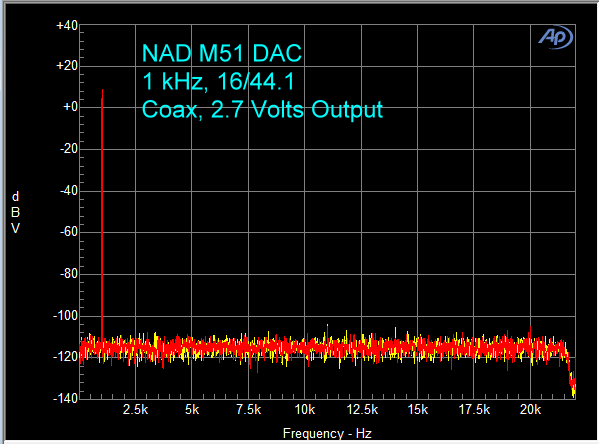
Here is the digital clipping I mentioned. The input signal was at 0 dBFS, and the volume control was also at 0.0. It is very unlikely that a consumer will encounter a musical piece that hits 0 dBFS, but if it does, you can always set the volume control on the M51 to – 1 dBFS.
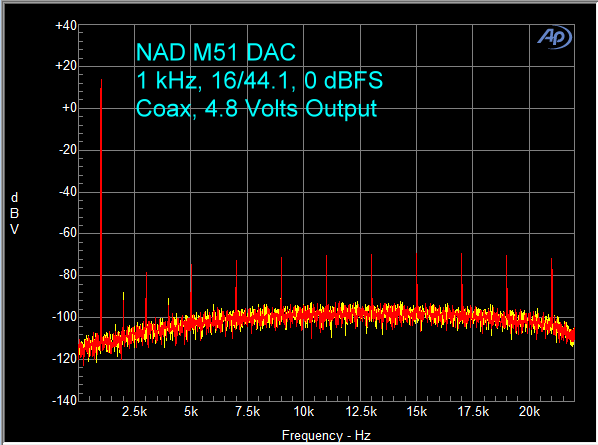
19 kHz and 20 kHz sine waves produced a B-A peak at 1 kHz that was 107 dB below the fundamentals. Notice also that there are no other peaks at the base of the fundamentals. This is very clean sound reproduction.
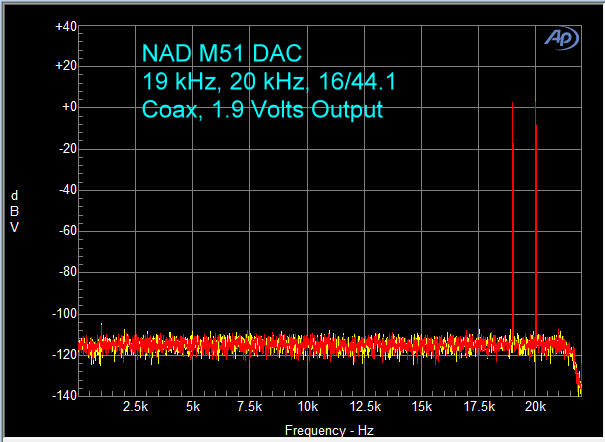
In this IMD spectrum, there are no visible peaks at the base of the 7 kHz peak (IMD tests use 60 Hz and 7 kHz sine waves at a 4:1 ratio). Again, clean, clean, clean. This is a graphical representation of what you will hear (or not hear) in terms of musical detail.
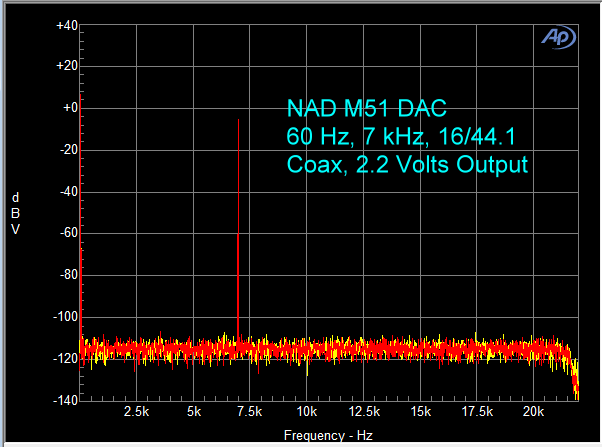
The measured Frequency Response at 16/44.1 was flat to 20 kHz.

Using 24/192 test signals, the noise band can be seen above about 35 kHz, which is far above the audible region. Again, though, THD+N was less than 0.004% with a 1 kHz sine wave input.

With the 19 kHz, 20 kHz pair, there is a slight rise in the noise floor below 4 kHz, but there is no B-A peak visible, so if there is one, it is lower than the noise floor.
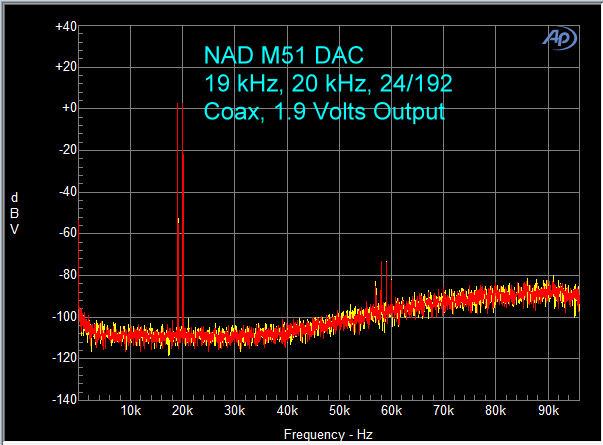
The lack of any peaks at the base of the 7 kHz peak in this spectrum is practically a definition of clean detail in the sound.

The measured Frequency Response with 24/192 signal, using the Coax input, was flat to 32 kHz, and then rose 3 dB at 90 kHz.
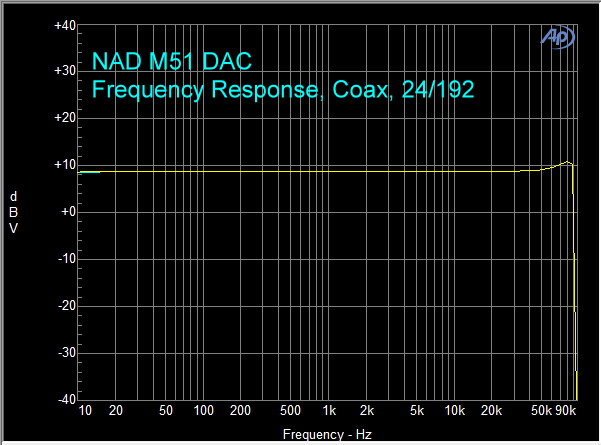
OK, now for the HDMI input on the M51. This is the first DAC I know of that has this type of input, and did it perform!!
At 1 kHz, distortion was 0.003% as were all the other distortion tests using the HDMI input, except for IMD, which was at the limits of the Audio Precision test instrument. And, as I mentioned, after seeing these results, I used the HDMI output from the OPPO to the HDMI-1 input on the M51 for all my subsequent listening, some of which was while I was reading the newspaper. Good thing the music sounded so great, because the news was all bad.
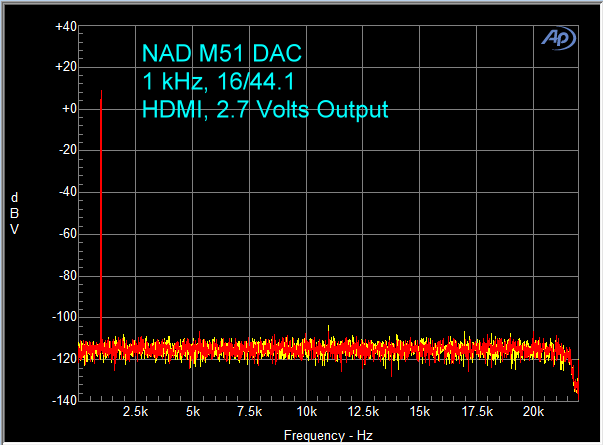
Here is the same test, but with a 24/192 test signal. Again we see the noise floor rise above 35 kHz. A rise in noise at out-of-band frequencies is also seen with SACD, but it is a much larger rise than seen here with the M51.

19 kHz, 20 kHz, 16/44.1 sampling. No peaks around the base of the fundamentals, and no clear B-A peak that can be absolutely distinguished from the noise floor.
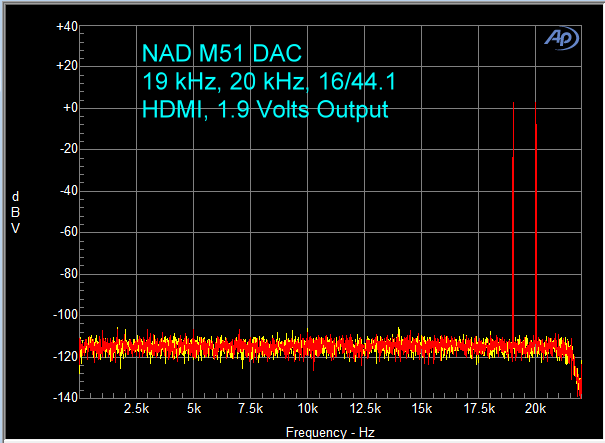
19 kHz, 20 kHz, 24/192 sampling. No peaks at the base of the fundamentals. No distinguishable B-A peak.

IMD, 16/44/1 sampling. Just the input signals and a noise floor. Kind of lonesome without any distortion peaks.

And with 24/192 sampling, pretty much the same thing.
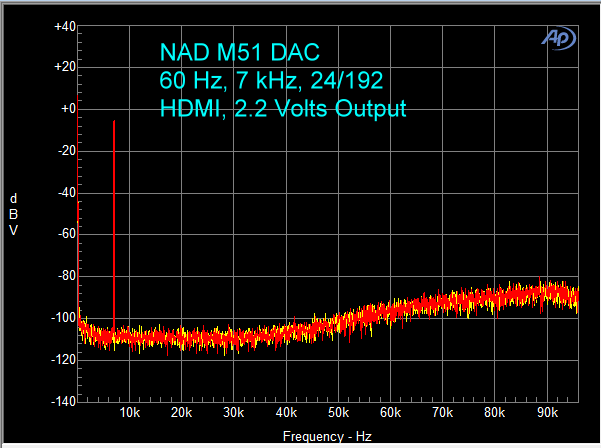
Using the USB input on the M51, and 16/44.1 test signals, distortion is way down there. Here, at 1 kHz, THD+N is 0.002%.
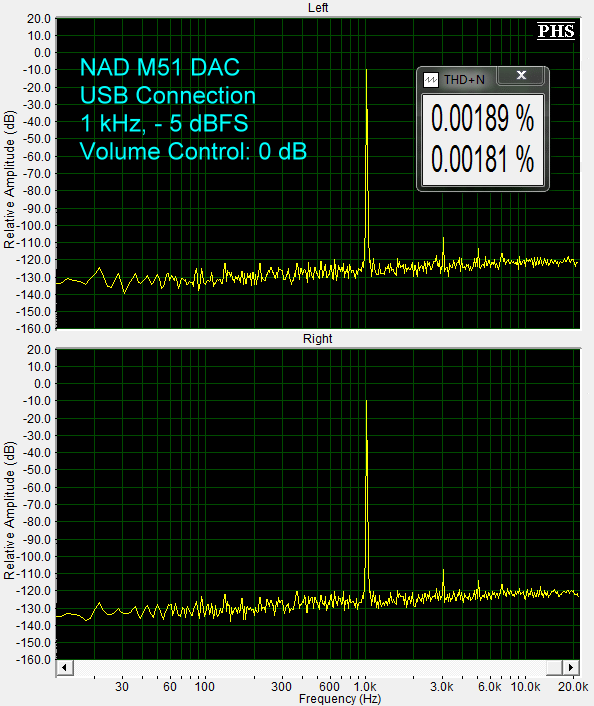
With 19 kHz and 20 kHz, there is no visible B-A peak at 1 kHz. There are two peaks on either side of the fundamentals, but they are 97 dB below.
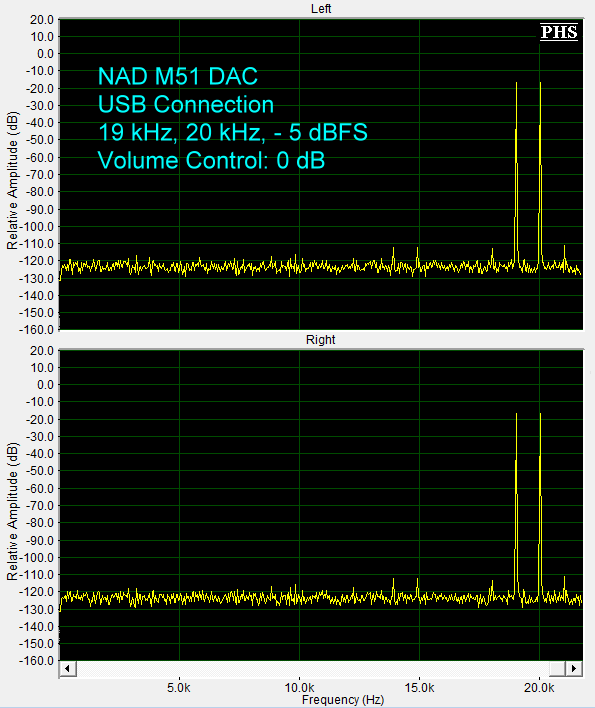
IMD through the USB input was less than 0.002%. Note that the USB input is asynchronous, and it will accept 24/192 music.
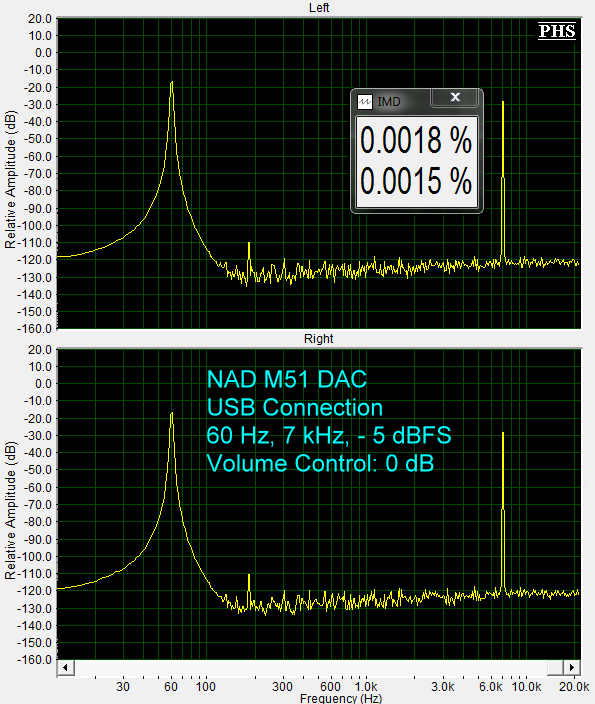
Conclusions
I’m truly amazed at the performance of this $2,000 DAC. It is state-of-the-art in design, but more importantly, also in performance. Its unique HDMI input, which displayed incredibly low distortion, makes this product a must-consider if you are thinking about purchasing an outboard DAC.


